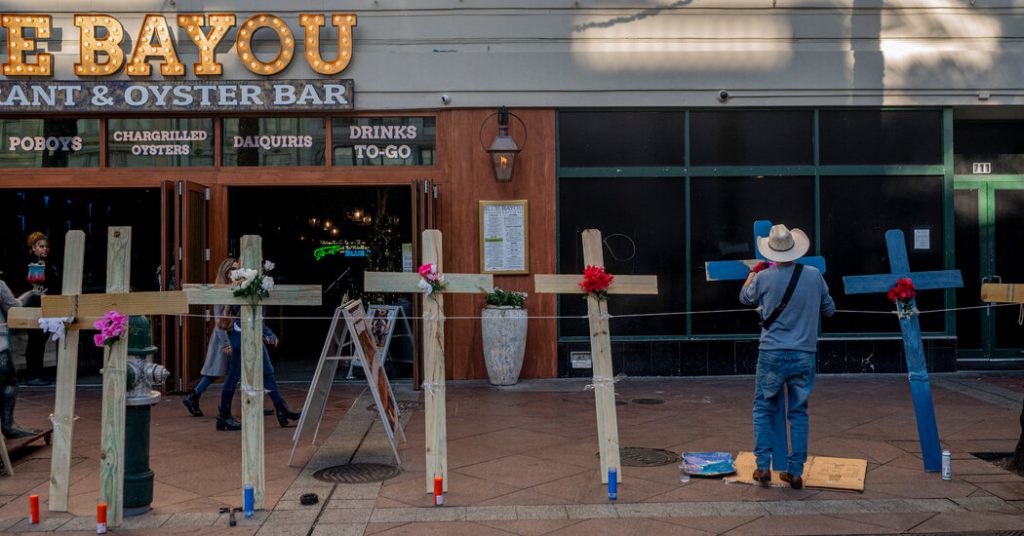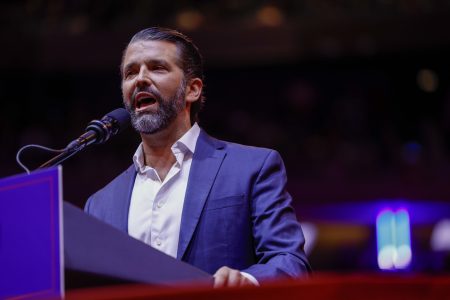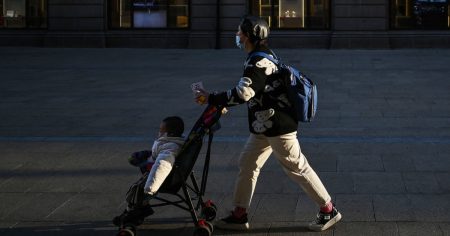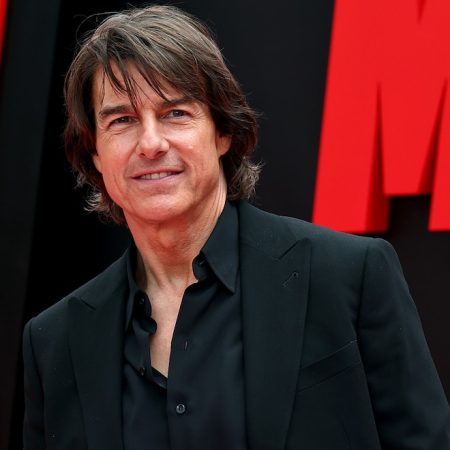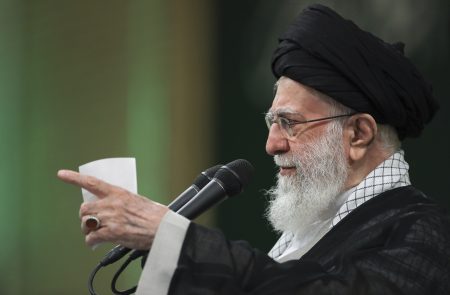The deadly ramming attack in New Orleans on January 1 was carried out by a driver named Shamsud-Din Jabbar, a 42-year-old Army veteran from Houston. Investigators revealed that Jabbar had visited the city twice before the attack, once in October where he recorded video of the French Quarter wearing glasses with a built-in camera, and another time in November. After his transformation to pledging allegiance to the Islamic State terrorist group, known as ISIS, Jabbar armed himself with guns and explosives and carried out the attack on Bourbon Street. The attack left 14 people dead, many others injured, and the city of New Orleans in shock.
Investigators are piecing together a clear timeline of Jabbar’s actions leading up to the attack, including a detailed account of his movements on the day of the incident. They are also looking back years to understand his path to radicalization and how he planned and executed the violence. The attack ended when Jabbar was killed in a shootout with police officers. President Biden is scheduled to visit New Orleans to offer support to the grieving community. New Orleans has been mourning the loss of life, but is also moving forward by reopening Bourbon Street to the public and preparing for upcoming events such as the Super Bowl and Mardi Gras.
Jabbar expressed allegiance to ISIS in a video message to his family, stating that he had joined the terrorist group earlier in the year. He had the group’s flag on the rented pickup truck he used in the attack. Despite his ties to ISIS, investigators believe Jabbar acted alone in carrying out the attack. They are still working to determine if he had deeper connections to the terrorist organization. It remains unclear why Jabbar chose New Orleans as his target for the attack.
Investigators have found evidence that Jabbar made trips to Egypt and Canada in 2023, but it is unclear how those travels may have influenced his radicalization or planning for the New Orleans attack. They are also trying to determine what Jabbar did when he visited New Orleans in November. Officials praised the swift response of New Orleans police officers who engaged in a shootout with Jabbar, preventing further harm to the public. Two officers were injured during the confrontation.
Jabbar had left two improvised explosive devices in coolers at nearby locations before carrying out the attack. The devices were crude but believed to be effective. A transmitter in the rented pickup truck was found, indicating that it could have been used to detonate the explosives remotely. The coolers were moved by unaware bystanders, but were deactivated by authorities shortly after the attack. Bomb-making materials were found at a residence Jabbar had rented in New Orleans, where he had set a fire before heading to the French Quarter. The fire burned out on its own before firefighters arrived at the scene.
The investigation into Jabbar’s motives and actions leading up to the attack is ongoing. Officials continue to search for answers about his radicalization, ties to ISIS, and why he chose to target New Orleans. The community remains in mourning, but is resolute in moving forward and not letting the attack disrupt their spirit. President Biden’s visit to New Orleans is a sign of support for the city as it grapples with the aftermath of the tragic event. The vigil and second line held on Bourbon Street demonstrate the resilience and unity of the people of New Orleans in the face of adversity.









